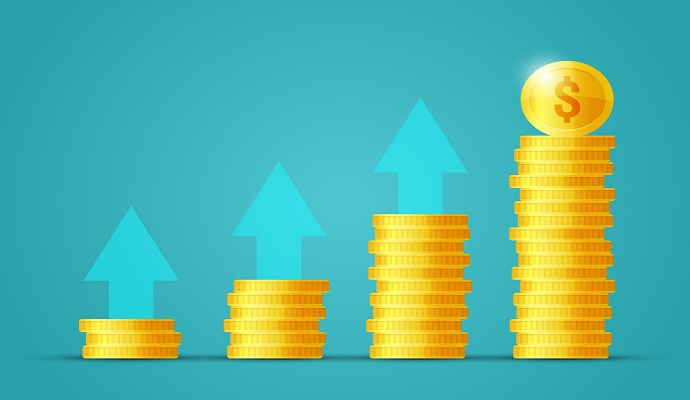Robust Biosimilars Market Promotes High Savings, Affordability
A stronger biosimilars market can save the healthcare system billions, but employers and the government must eliminate any marketing that discourages biosimilar use.

Source: Thinkstock
- US taxpayers and the healthcare sector may save nearly $7 billion annually with a stronger, more competitive biosimilars market, which is a significant increase from the current annual cost-savings of $240.4 million, according to a new analysis.
Biosimilars are newer, similar versions of complex medicines approved by FDA as equivalent therapies. They are offered at a lower price and offer competition to the biologic market.
Wayne Winegarden, PhD, director of the Center for Medical Economics and Innovation and senior fellow in business and economics at the Pacific Research Institute, conducted the analysis using pricing data based on the national average sales price (ASP) of biosimilars from July to September 2019.
Leveraging expenditures-per-unit data from CMS, Winegarden received volume data from 12-month sales-volume numbers through February 2019 as reported by IQVIA.
Winegarden estimated the savings for the current market in three hypothetical scenarios that assumed biosimilars grew to 25 percent, 50 percent, and 75 percent of the market, respectively.
The current use of biosimilars saves the US healthcare system $240.4 million. He noted that state Medicaid programs saved $47.5 million and commercial payers saved $136.8 million.
If biosimilars obtained a 25 percent, 50 percent, and 75 percent market share, total systemic savings could equal $2.4 billion, $4.7 billion, and $7 billion annually.
Additionally, state Medicaid programs would save $417 million, $802 million, and $1.2 billion, while commercial payers could save $1.2 billion, $2.2 billion, and $3.3 billion.
As a result, employers and the government should pursue policy changes that “correct currently ineffective regulatory policies, promote greater education of the benefits that biosimilars offer and eliminate adverse market incentives that discourage biosimilar use.”
Currently, biosimilars are approved to compete in nine biologic classes but are available in only four. Biosimilars account for less than 1 percent of total biologic sales volume. So, competitive pressures are not driving down costs sufficiently in the high-cost biologics market.
“Study after study shows that patients and taxpayers could save billions if a stronger and more competitive biosimilars market were to materialize — if only simple reforms were passed to remove anti-competitive barriers,” said Juliana Reed, president of the Biosimilars Forum, in a statement.
“With the government spending trillions in response to COVID-19, it’s even more pressing to reduce spending wherever we can. It’s time we look to the biosimilars market,” she added.
Last month, two biosimilars showed significant cost savings for large employers, according to researchers from the Bloomberg School of Public Health at Johns Hopkins University.
The study found that two biosimilars, infliximab and filgrastim, represented 68 percent of the price of the biologic for infliximab and 74 percent of the price of the biologic for filgrastim.
Further, the research showed that the participating companies would have saved an average of $1.53 million on infliximab alone, under the assumption of 100 percent biosimilar uptake.
And biosimilars created savings for employees and their families. Patients who took the biosimilar paid on average 12 percent ($300) and 45 percent ($600) less out of pocket than those who took the biologics, infliximab and filgrastim, respectively.
“We believe that obtaining both more biosimilars and better uptake is a shared responsibility,” Annette Guarisco Fildes, ERIC president and CEO, said in the study.
“Large employers we represent can employ plan design and benefits strategies to help promote the utilization of biosimilars. But when it comes to the availability of more biosimilars on the market, we need federal and state governments to act,” she concluded.
